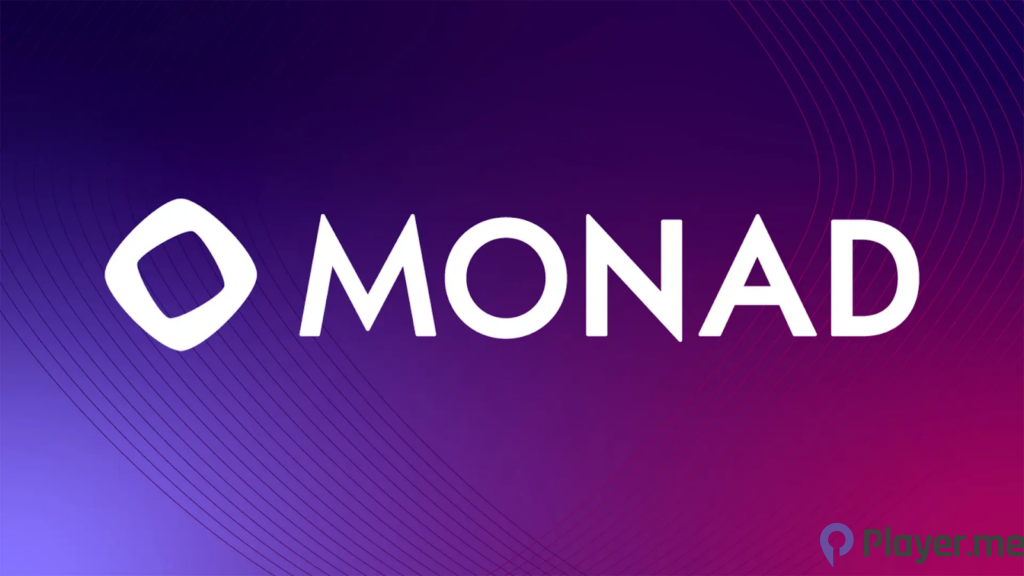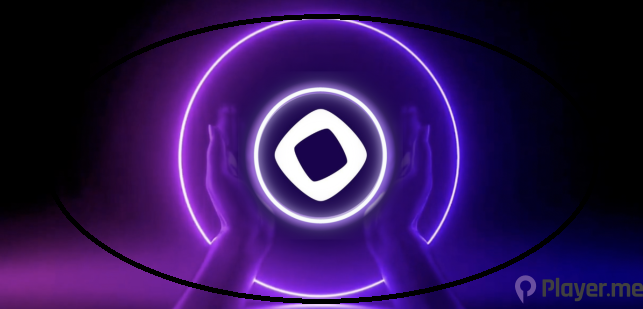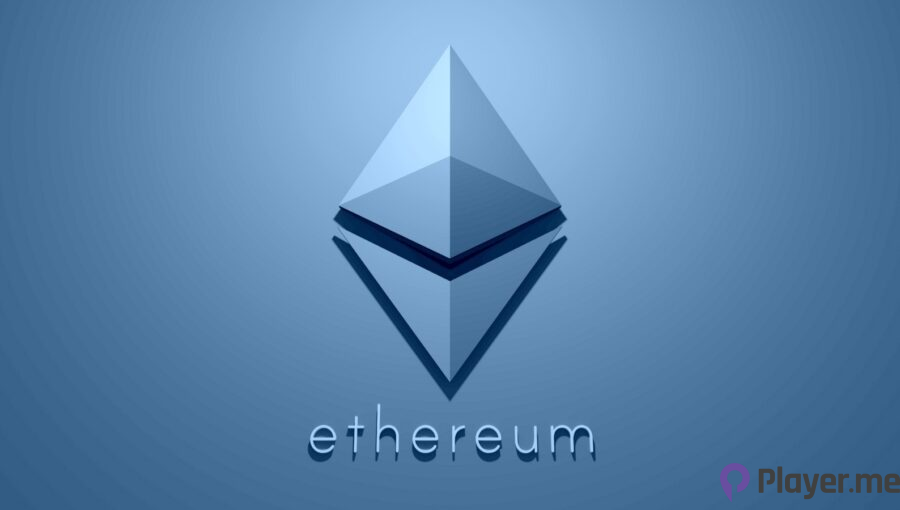
Ethereum is one of the most used blockchain networks in the world. Several developers are reliant on its smart chain network to process online transactions. As such, it is no surprise that Ethereum is the second-largest blockchain by market capitalisation. However, it suffers from network congestion and requires scaling solutions. The new Monad client promises to be an effective blockchain scaling solution for Ethereum’s vast user base.
The Problem of Scalability

Although the blockchain’s capacity to act as a decentralised financial mechanism is unrivalled by any technology, scalability continues to remain an issue with layer 1 blockchains. Popular networks like Ethereum and Bitcoin can only attain speeds of 20 and 7 transactions per second, respectively. This failure is a result of what is known as the “Blockchain Trilemma”, which implies that all blockchains suffer a tradeoff between scalability, security, and decentralisation.
Read More: Traders Flock to New BTC Crypto Presale with Launch of Stake-to-Mine Protocol
The Solution for Scalability
The best way to resolve such scalability issues is through layer 1 scaling solutions. These solutions use layer 1 network security features and bundle several transactions to be sent over the mainnet at high speeds. While some of these solutions are sidechains or layer 2 blockchains, they may also be layer 1 blockchains, such as Monad.
Related: Trial of Disgraced Crypto Star Bankman-Fried Begins
Introducing Monad
Monad is a new layer 1 protocol that can process up to 10,000 transactions per second. Furthermore, the network can run any Ethereum-compatible decentralised application about 1,000 times faster than Ethereum’s mainnet. Monad addresses blockchain bottlenecks while preserving seamless compatibility for application developers and users. Monad’s compatibility with the Ethereum RPC (Remote Procedure Call) means that it works seamlessly with decentralised applications like Etherscan and MetaMask.
How Does Monad Work?

Monad made some significant tweaks to its consensus and execution layer. The Ethereum Virtual Machine execution system was redesigned from scratch to allow non-overlapping transactions to be run in parallel. The development team also remodelled the integration system to allow the blockchain’s execution layer to run in parallel to consensus. These two key innovations are crucial to the network’s capacity to scale to more applications and users. Additionally, Monad uses parallel pipelining to effect its throughput with one-second block finality. The Monad client is built with a focus on performance and is written from scratch in Rust and C++ and Rust.
Conclusion

Monad recently announced the release of its project documentation on its website. As an Ethereum-compatible layer 1 blockchain solution, it will be of great interest to developers. Nevertheless, the new network still faces stiff competition from Ethereum, which remains the preferred layer 1 blockchain for most developers. There is also competition from other popular layer 1 blockchains, including Algorand, Solana and Cardano.
Frequently Asked Questions
What Is the Main Issue with the Ethereum Layer 1 Blockchain?
In recent times, developers have been hindered by the low reward and high costs associated with building on layer 1 blockchains. For instance, the high gas fees related to using the Ethereum network slow down innovation and mass adoption of decentralised applications. Ethereum relies on a consensus mechanism that requires each participant to validate and store all transactions. Although this ensures security and decentralisation, it comes at the expense of speed. Consequently, the network becomes more congested, leading to higher fees and reduced confirmation times.
Is the Crypto Market in Decline?
Venture capitalist investments in blockchain-based technology have been on the decline for a while, down nearly 75% from the same period about one year ago. Reports show that the funding rate for crypto has dropped for six consecutive quarters. Only 1% of deals have exceeded $50 million. Furthermore, The U.S. Federal Reserve’s stance on interest rate hikes has adversely affected the crypto market. Bitcoin crossed the $31,000 level in July 2023 but is again at a low in October 2023 at around $27,000. As a result, the predominant sentiment among investors is fear and uncertainty.
What Are the Similarities Between Ethereum and Monad?
From the user perspective, Monad and Ethereum work similarly. Both networks are compatible with the same block explorers and wallets used to view and sign transactions. Ethereum-based decentralised apps can be migrated to Monad without any changes to the code. There’s no need to get new keys, as the address space in Monad is the same as in Ethereum. Linear blocks and linear ordering of transactions within blocks also feature in both blockchains. Additionally, both Ethereum and Monad are proof-of-stake-based protocols that require the participation of network validators.





